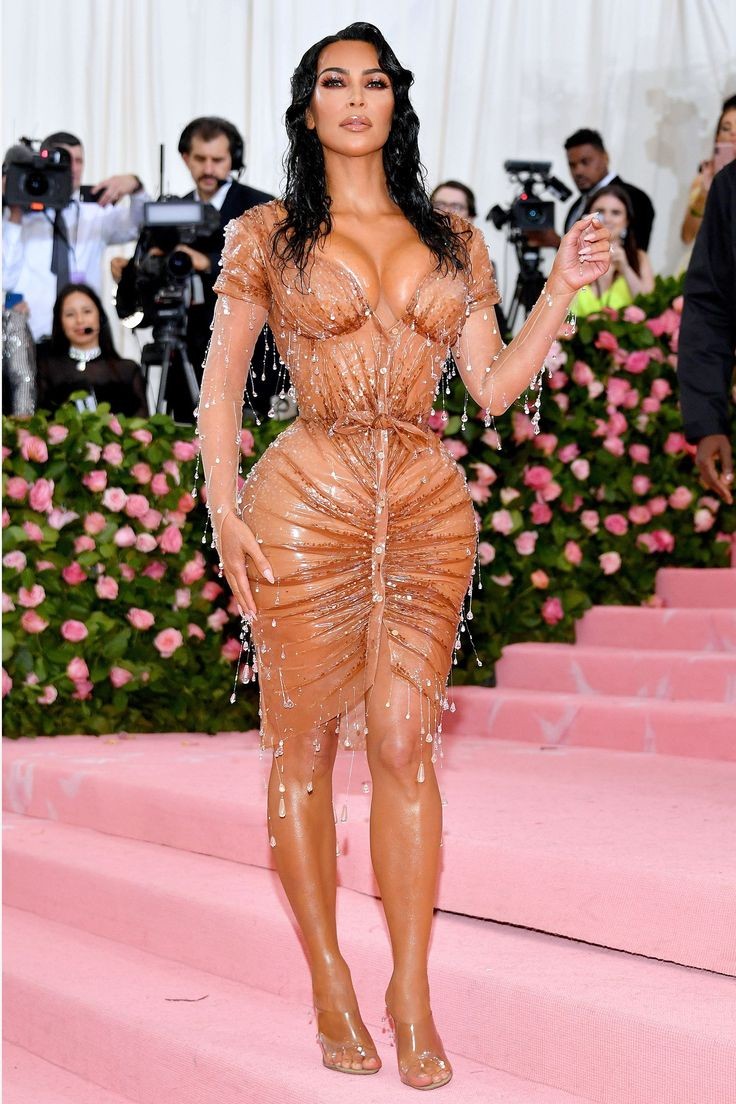It’s not a secret that the Y2K fashion and beauty aesthetic is back by popular demand. Thanks to celebrities such as Bella Hadid and Gen Z’s full-blown obsession with the aesthetic on Tik Tok, fashion is heading back to the early 2000s. However, with the nostalgic shift toward super low-rise jeans, butterfly clips, and thin eyebrows has come the more sinister notion that certain body types – and even specific body parts can also come in and out of style. Yes, we’re talking about the apparent rise and fall of BBL (Brazilian Butt Lift) fashion.

Supermodel Bella Hadid embracing the popular Y2K aesthetic in blue low-rise jeans
Slithers of fabric precariously strung together with spaghetti straps and metal hardware, cutouts so wide the garment may as well have been made in two pieces, peekaboo moments for sideboobs, underboobs, and the more conservative classic boob cleavage. These are the hallmarks of “BBL fashion”, the trend that fast fashion brands such as Fashion Nova have been shipping worldwide. Its nickname comes from the most essential element of the look which is a big butt – most likely made bigger and perkier through a Brazilian butt lift procedure.

Fashion Nova model Jodie Joe in a bodycon maxi dress
Talks of “the end of the BBL era” have been swirling since photos of Kim and Khloé Kardashian with their backsides looking noticeably smaller began circulating on social media. This sparked theories that they may have “reversed” their BBLs — procedures they’ve never actually admitted to having performed. On TikTok, there’s been wild speculation about Kim’s “butt reduction” and her “new” body (the one she revealed in that Marilyn Monroe Met Gala dress).

Kim Kardashian adorning the late Marilyn Monroe’s “Happy Birthday Mr President” dress at the 2022 Met Gala
Furthermore, the recycling of fashion trends that were historically designed for thinner body types by the world’s most renowned fashion houses has exacerbated the narrative of the BBL era being outdated.

Supermodel Adut Akech for Valentino
Technically known as autologous gluteal fat grafting, the Brazilian butt lift procedure involves taking fat through liposuction, usually from the abdomen, waist, and back, and transferring it to the hips and butt. While the cosmetic procedure was in itself still out of reach for most women, it paved the way for self-acceptance for curvier women. Additionally, women of colour felt represented by the likes of Nicki Minaj, SZA and Cardi B who have been unashamedly open about their BBL procedures.

Singing sensation SZA posing for “Skims”
The BBL fashion era also brought about a sense of relief for women who no longer had to live up to the stick-thin body championed in the 2000s. A trend that for many created a dysmorphic view of teen girls’ bodies and a perpetual drive to lose weight that continued into adulthood.
As many have rightfully pointed out, these new anti-BBL sentiments feel like thinly veiled racism. The shift from what’s most often a naturally occurring body shape among black and brown women feels no less offensive than the shift toward it was in the first place. After all, the Kardashians — who have long been called out for exploiting Black culture and aesthetics — played a big role in the BBL becoming one of the most popular and fastest-growing cosmetic surgeries over the past decade. This happened despite the BBL being medically proven as the most dangerous cosmetic procedure in the world.
Although one would expect a label of “the most deadly” to be a strong deterrent, it seems that the new wave of suspected celebrity “BBL reversals” are what’s finally causing the pendulum to swing away from butt augmentation.
With fashion being cyclical by nature, every trend is bound to go out of style eventually. However, we have to be cognizant of the fact that fashion – like many other art forms, influences culture, and societal norms. Therefore, perpetuating the notion that women’s bodies are fleeting trends is problematic because it encourages objectification.

